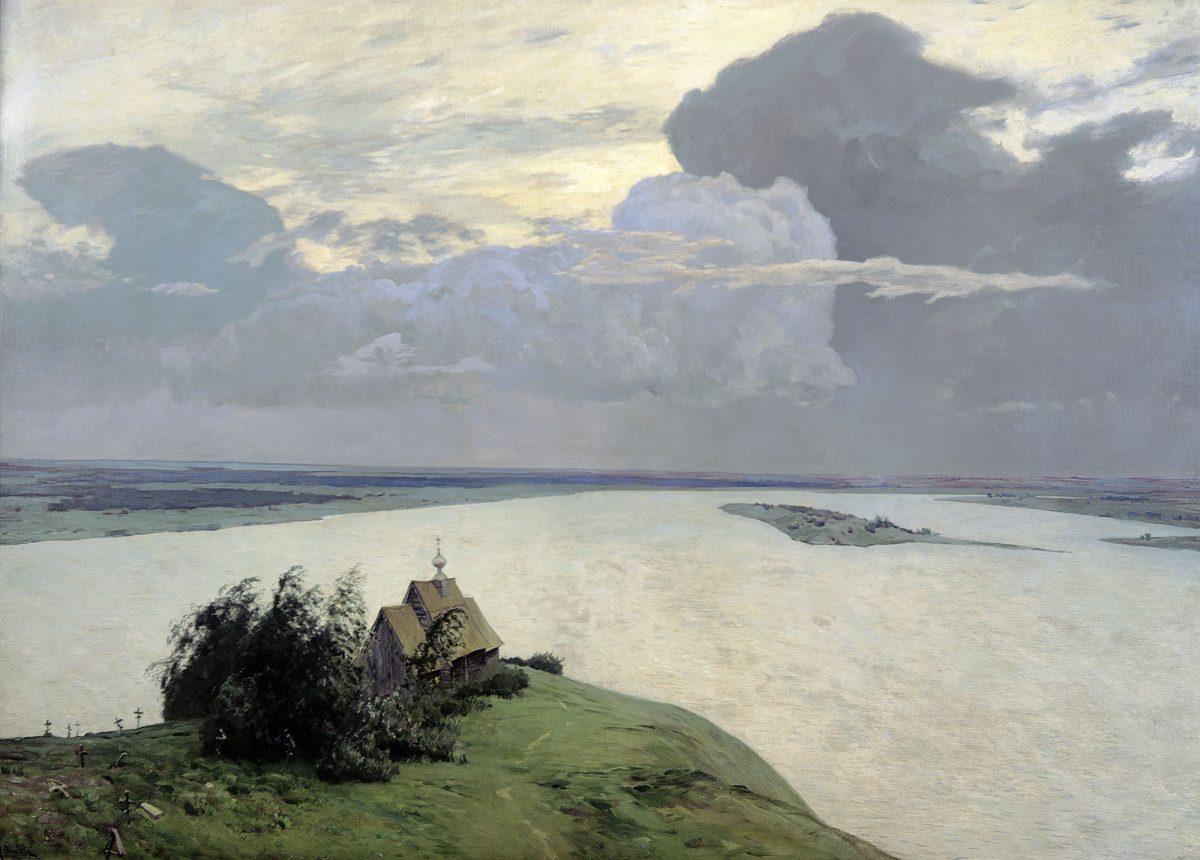
Over eternal rest. Philosophy of Levitan
Contents:
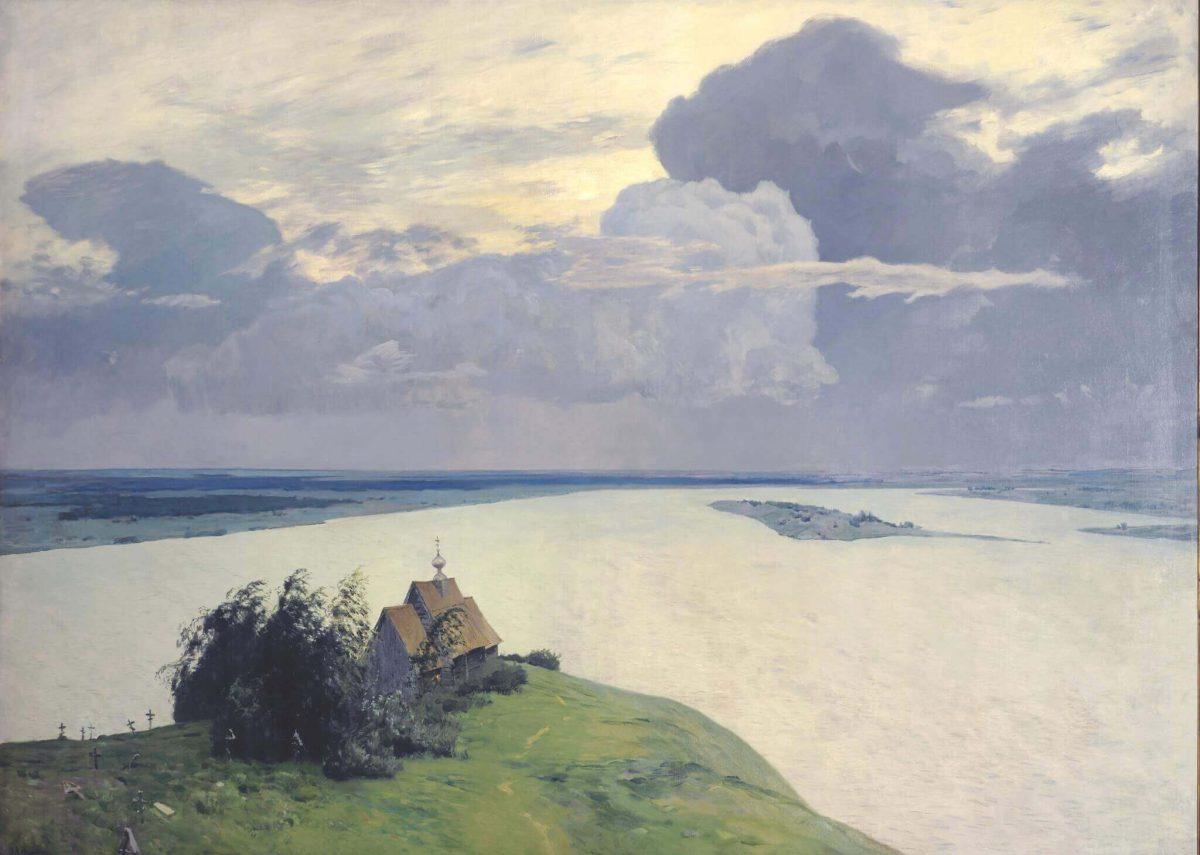
Isaac Levitan (1860-1900) believed that the painting "Above Eternal Peace" reflects his essence, his psyche.
But they know this work less than Golden Autumn and March. After all, the latter are included in the school curriculum. But the picture with grave crosses did not fit there.
Time to get to know Levitan's masterpiece better.
Where the painting "Above Eternal Peace" was painted
Lake Udomlya in the Tver region.
I have a special relationship with this land. Every year the whole family vacations in these parts.
That is the nature here. Spacious, saturated with oxygen and the smell of grass. The silence here is ringing in my ears. And you are so saturated with space that you can hardly recognize the apartment later. Since you need to squeeze yourself into the walls covered with wallpaper again.
The landscape with the lake looks different. Here is a sketch by Levitan, painted from nature.
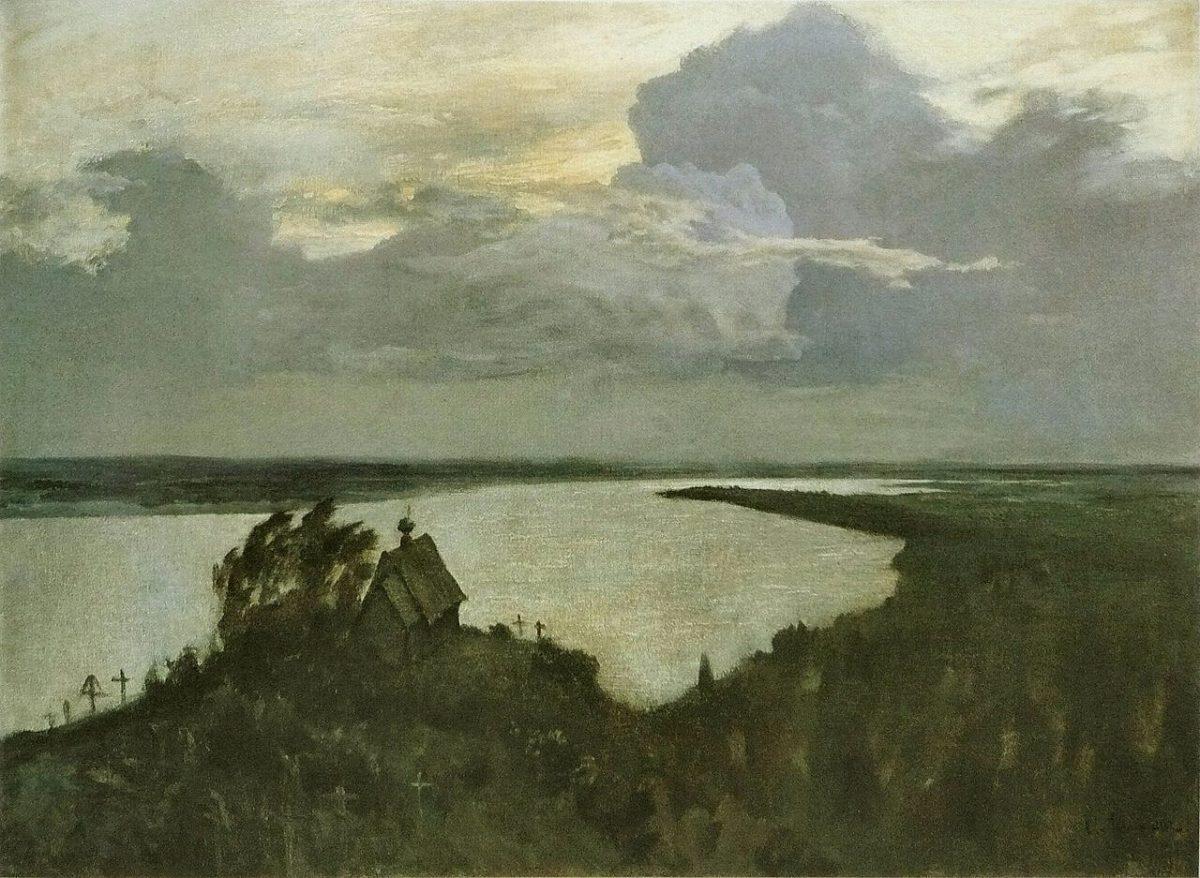
This work seems to reflect the emotions of the artist. Vulnerable, prone to depression, sensitive. It reads in gloomy shades of green and lead.
But the picture itself was already created in the studio. Levitan left room for emotions, but added reflection.
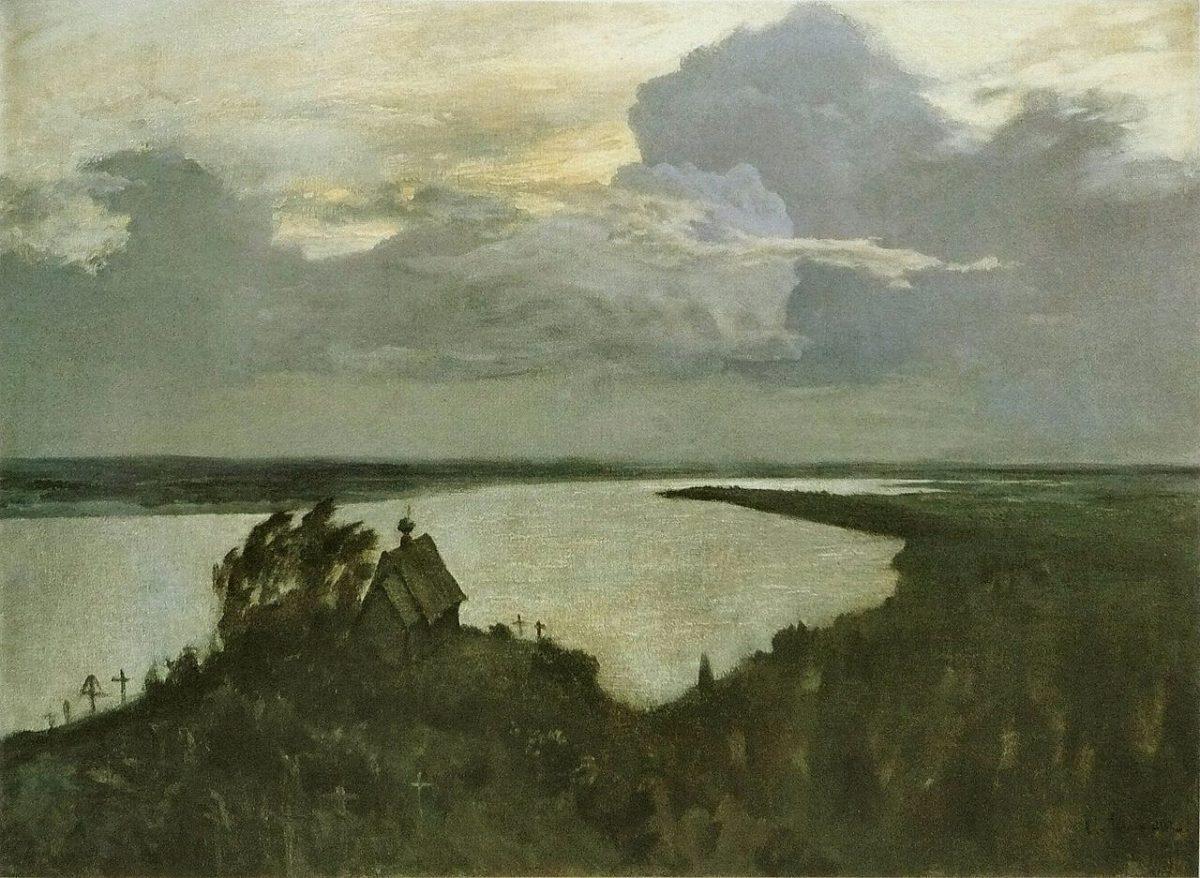
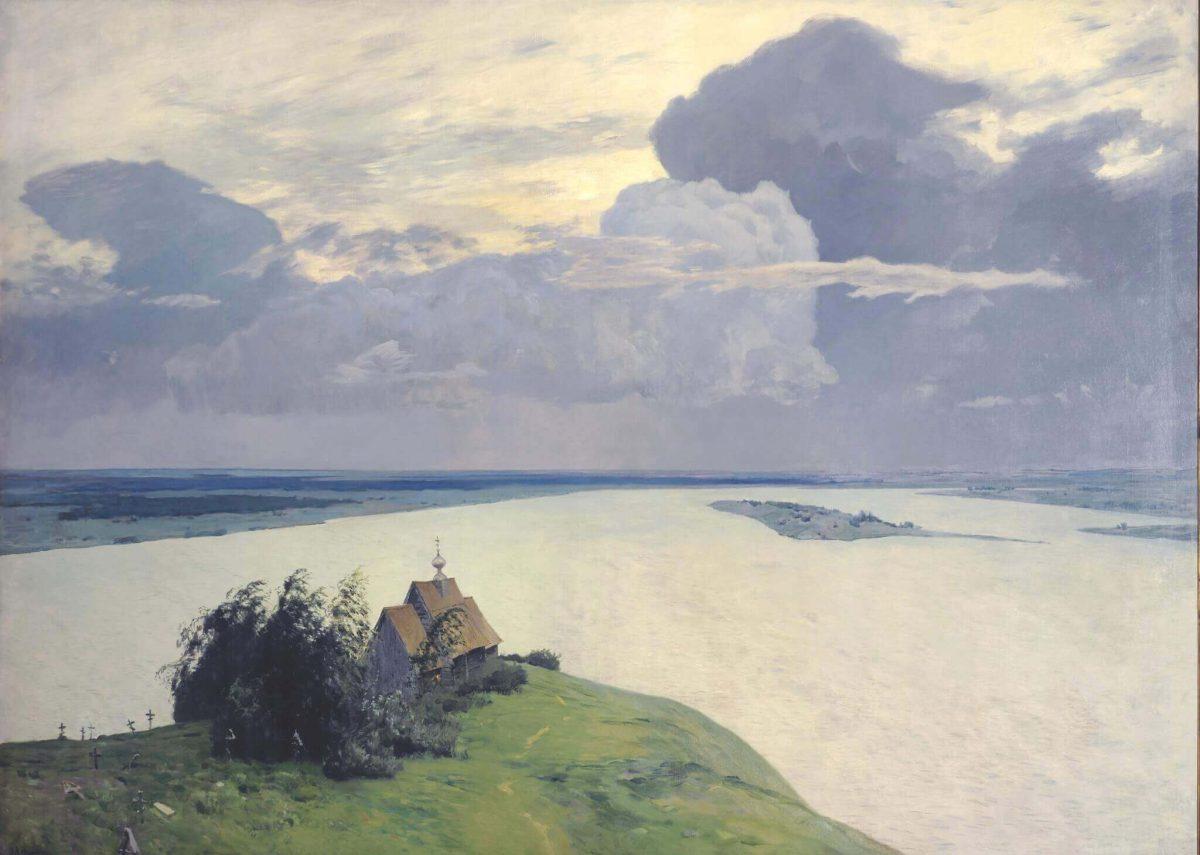
The meaning of the painting "Above Eternal Peace"
Russian artists of the XNUMXth century often shared their ideas for paintings in correspondence with friends and patrons. Levitan is no exception. Therefore, the meaning of the painting "Above Eternal Peace" is known from the words of the artist.
The artist paints a picture as if from a bird's eye view. We look down on the cemetery. It personifies the eternal rest of people who have already passed away.
Nature is opposed to this eternal rest. She, in turn, personifies eternity. Moreover, a frightening eternity that will swallow everyone without regret.
Nature is majestic and eternal compared to man, weak and short-lived. Boundless space and giant clouds are opposed to a small church with a burning light.
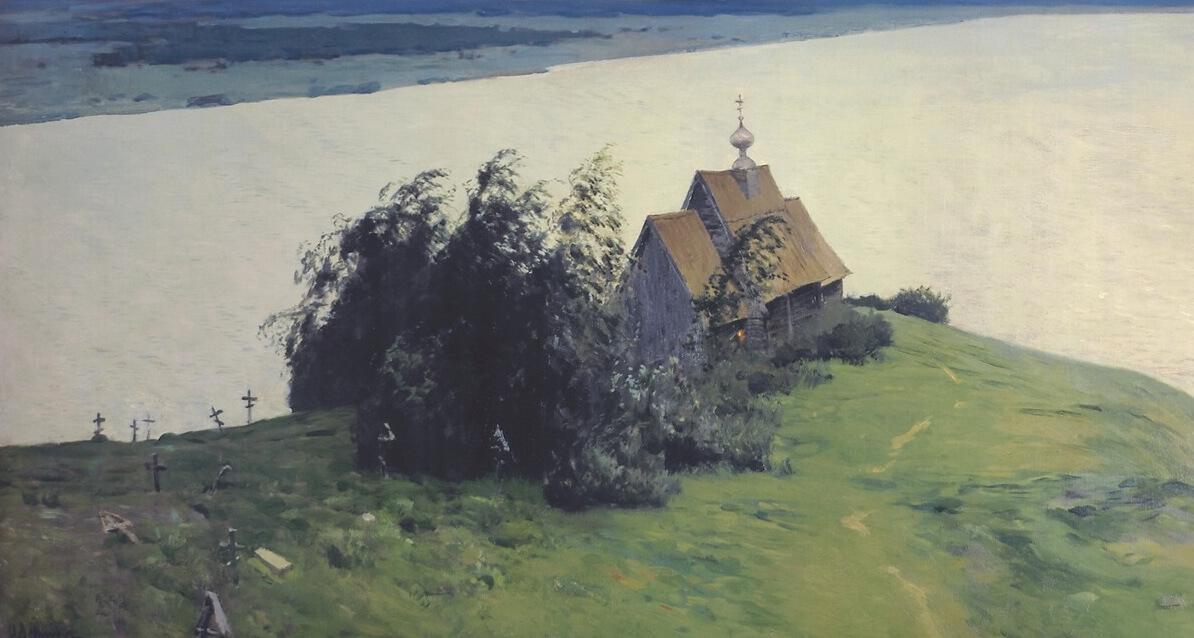

The church is not made up. The artist captured it in Plyos and transferred it to the expanse of Lake Udomlya. Here it is up close on this sketch.
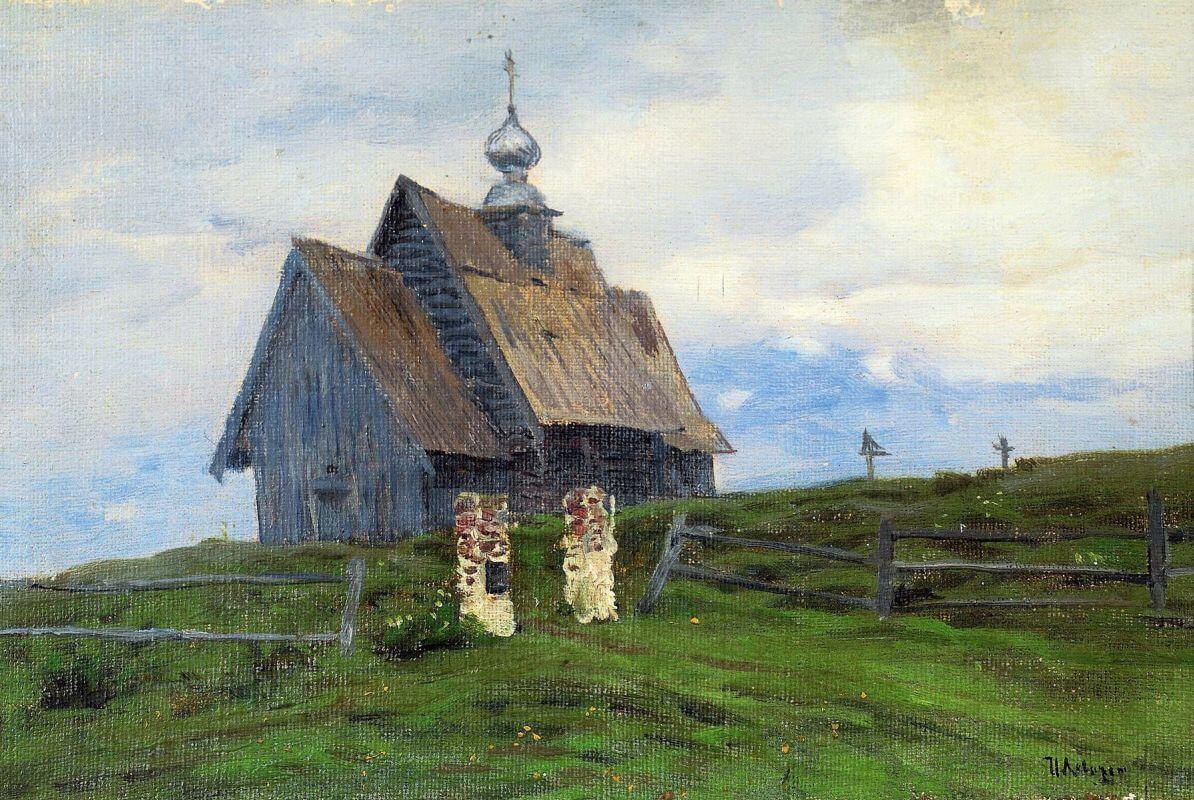

It seems to me that this realism adds weight to Levitan's statement. Not an abstract generalized church, but a real one.
Eternity did not spare her either. It burned down 3 years after the death of the artist, in 1903.
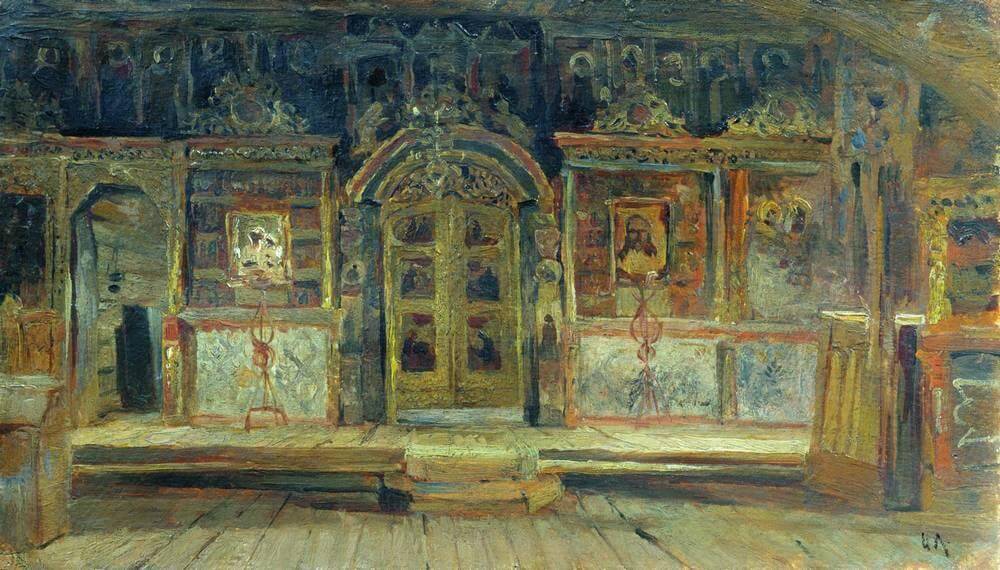

It is not surprising that such thoughts visited Levitan. Death stood relentlessly at his shoulder. The artist had a heart defect.
But do not be surprised if the picture causes you other emotions that are not similar to those of Levitan.
At the end of the XNUMXth century, it was fashionable to think in the spirit of "people are grains of sand that mean nothing in the vast world."
Nowadays, the outlook is different. Still, a person goes out into outer space and into the Internet. And robotic vacuum cleaners roam our apartments.
The role of a grain of sand in modern man is decidedly not satisfied. Therefore, "Above Eternal Peace" can inspire and even soothe. And you won't feel fear at all.


What is the pictorial merit of the painting
Levitan is recognizable by refined forms. Thin tree trunks unmistakably betray the artist.
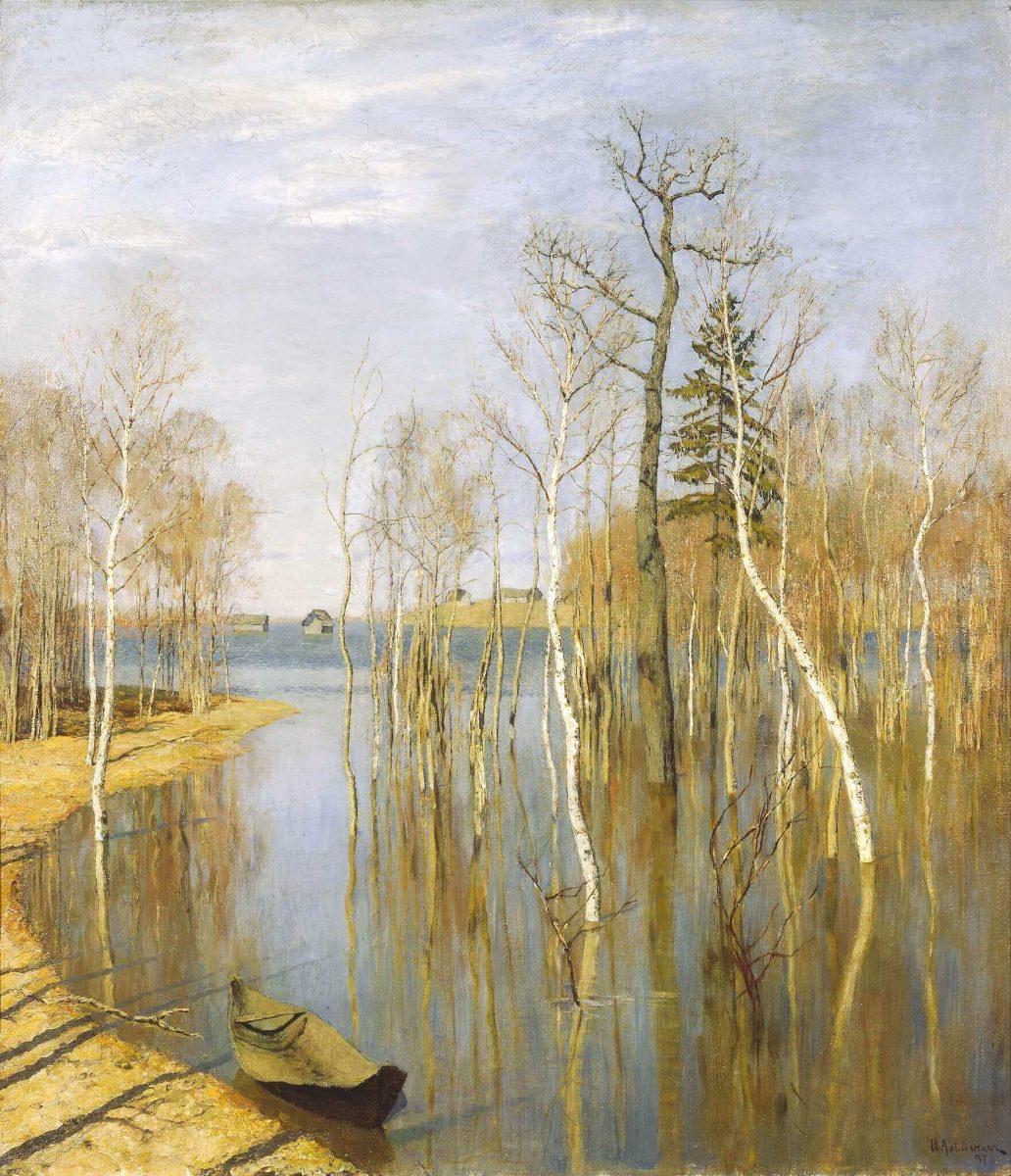

There are no close-up trees in the painting “Above Eternal Peace”. But subtle forms are present. This and a narrow cloud across the thunderclouds. And a slightly noticeable branch from the island. And a thin path leading to the church.
The main "hero" of the picture is space. Water and sky of close shades are separated by a narrow strip of the horizon.
The horizon has a dual function here. It is so narrow that the effect of a single space is created. And at the same time, it is visible enough to “draw” the viewer into the depth of the picture. Both effects create a natural allegory of eternity.
But Levitan conveyed the hostility of this eternity with the help of cold shades. This coldness is easy to see if you compare it with the more "warm" picture of the artist.
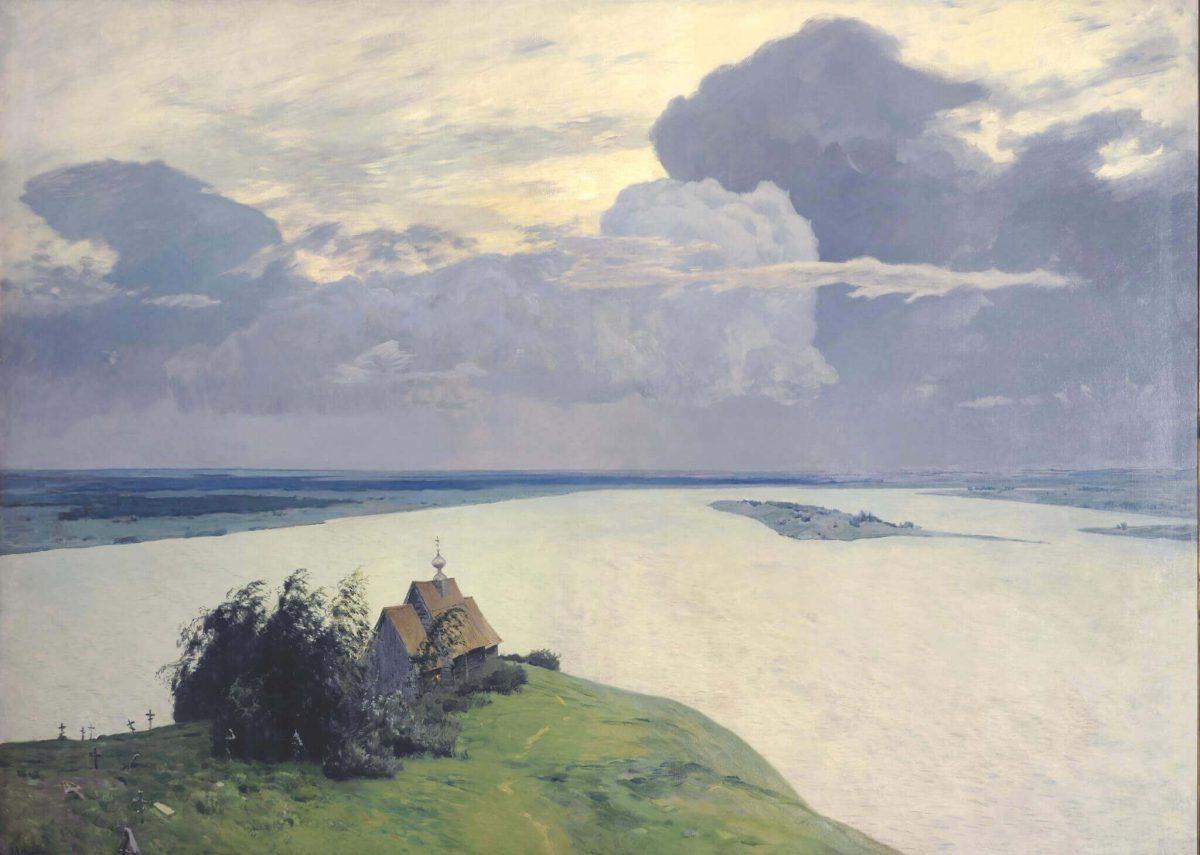

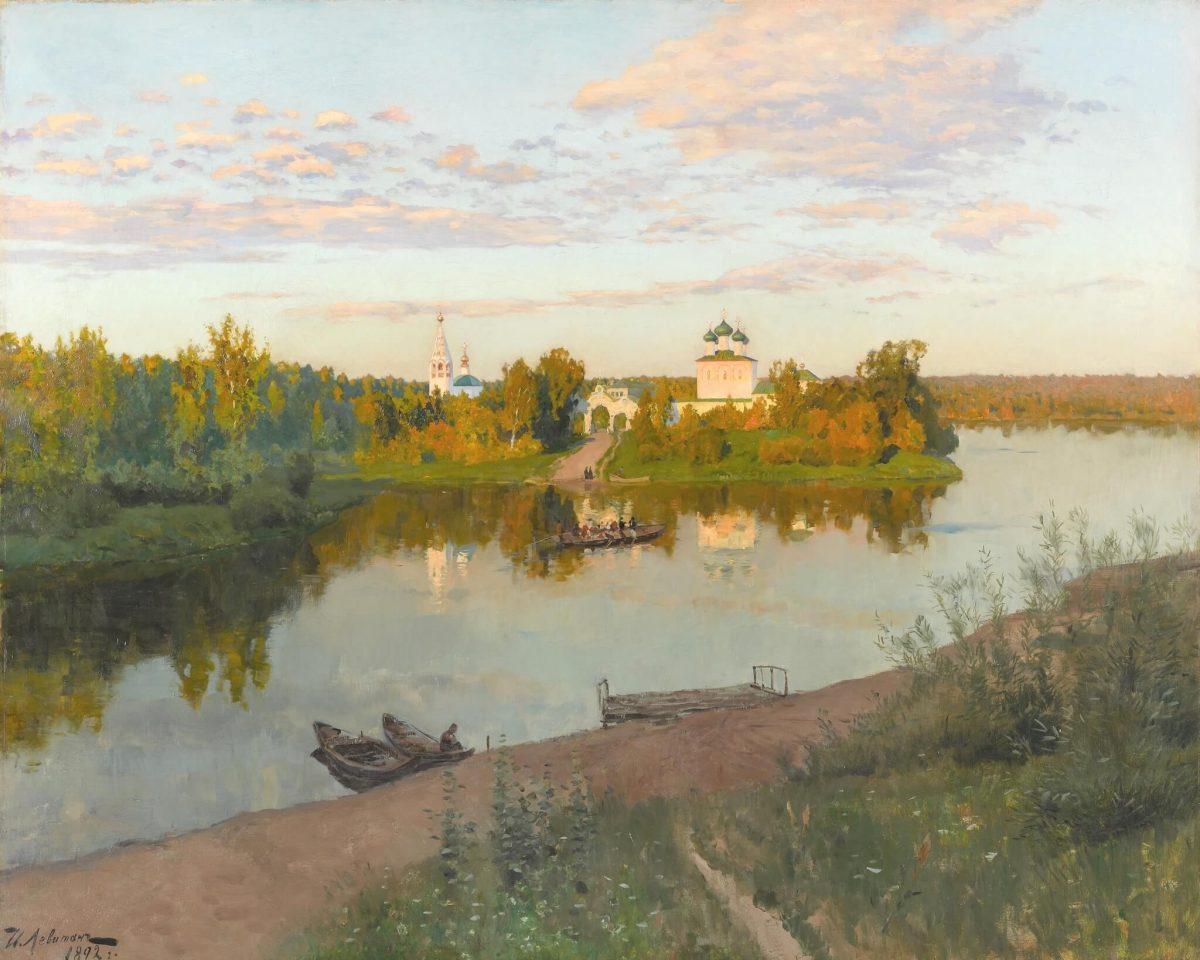

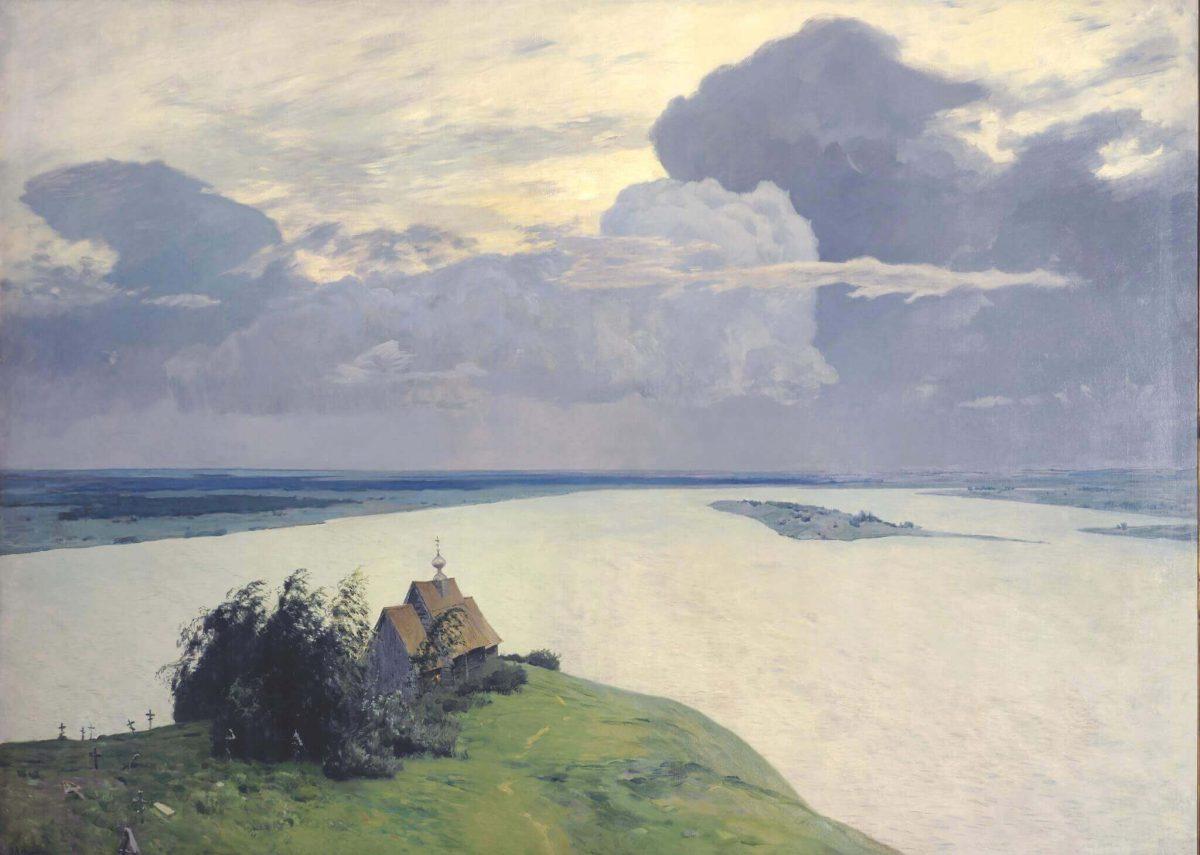

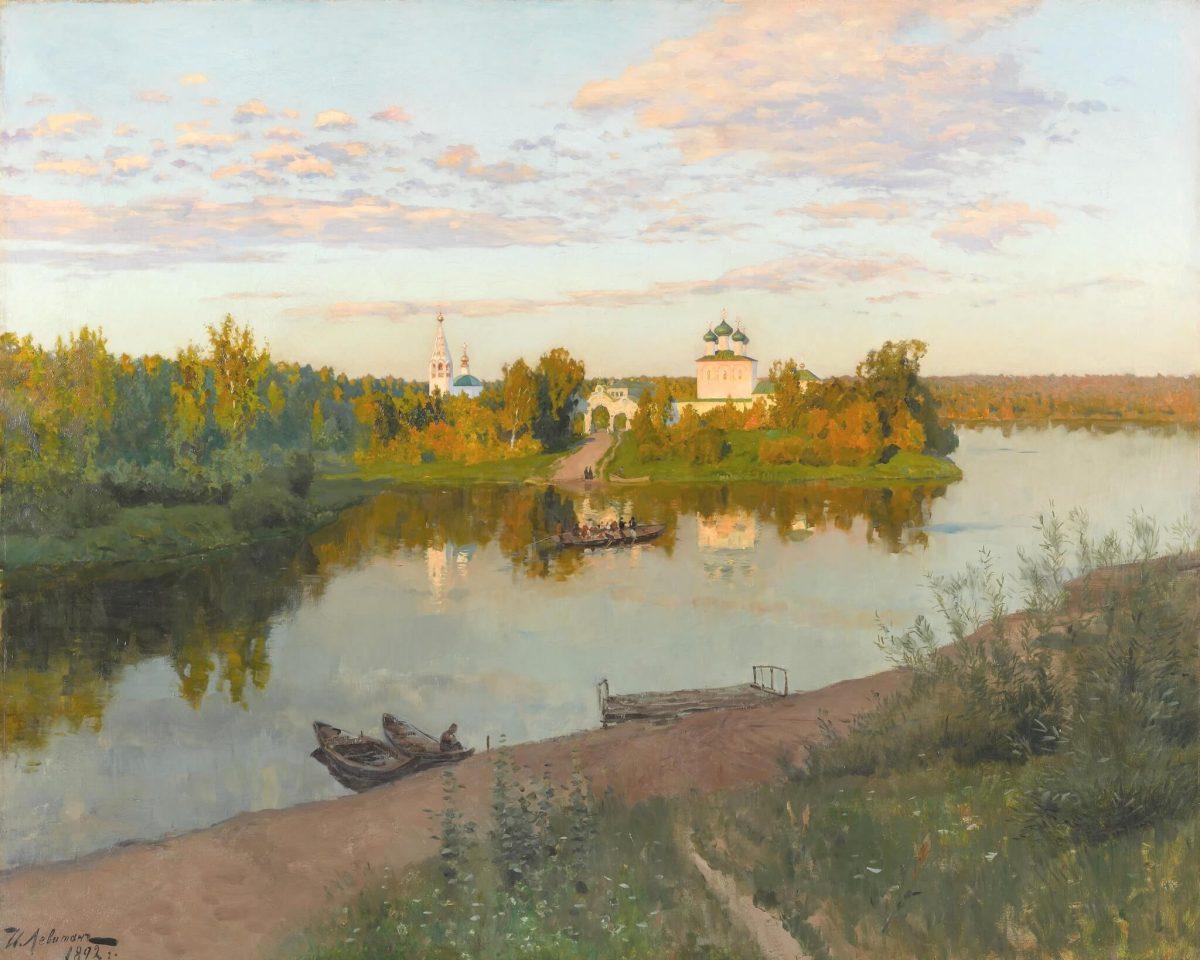

On right: evening call, evening Bell. 1892. Tretyakov Gallery, Moscow.
"Over Eternal Peace" and Tretyakov
Levitan was very pleased that "Above Eternal Peace" was bought by Pavel Tretyakov.
Not because he paid good money. But because he was the first to see Levitan's talent and began to buy his paintings. Therefore, it is not surprising that the artist wanted to transfer his reference work to Tretyakov.
And the study for the painting, the same one with a gloomy green meadow and a cold leaden lake, Tretyakov also bought. And it was the last painting bought in his life.
Read about other works of the master in the article “Paintings of Levitan: 5 masterpieces of the artist-poet”.
***
Comments other readers see below. They are often a good addition to an article. You can also share your opinion about the painting and the artist, as well as ask the author a question.
English version of the article
Leave a Reply